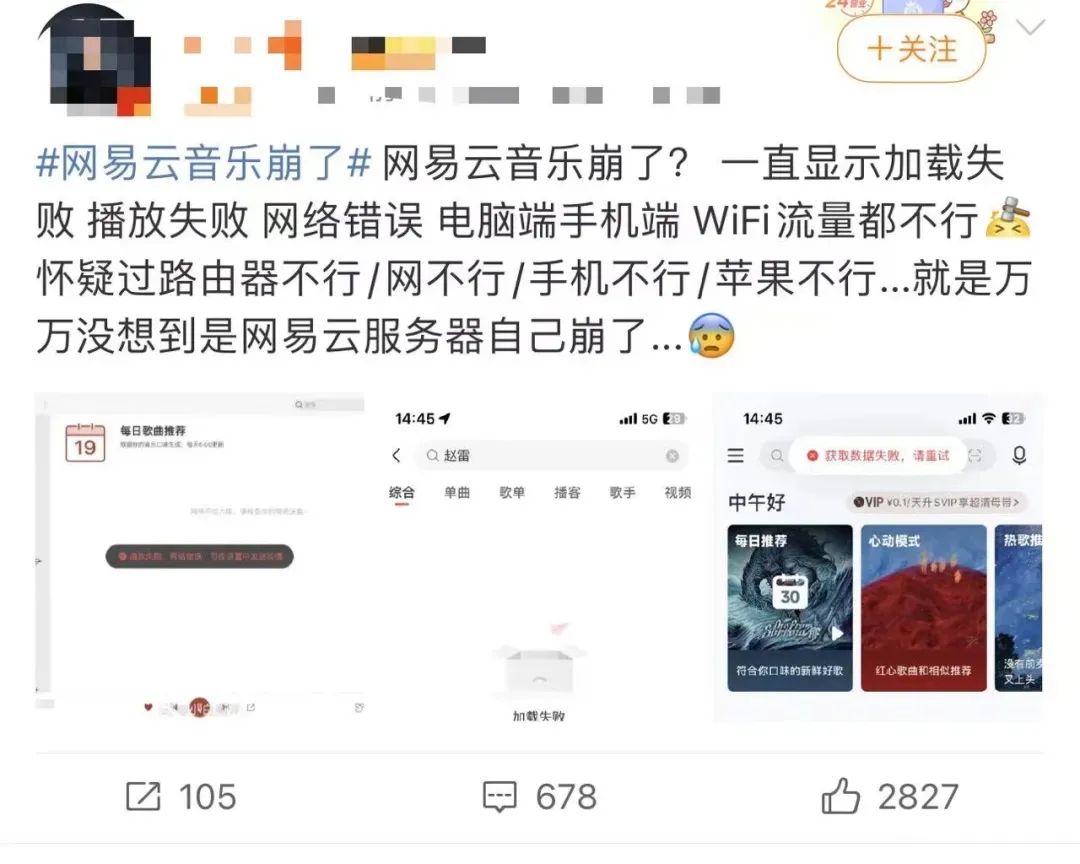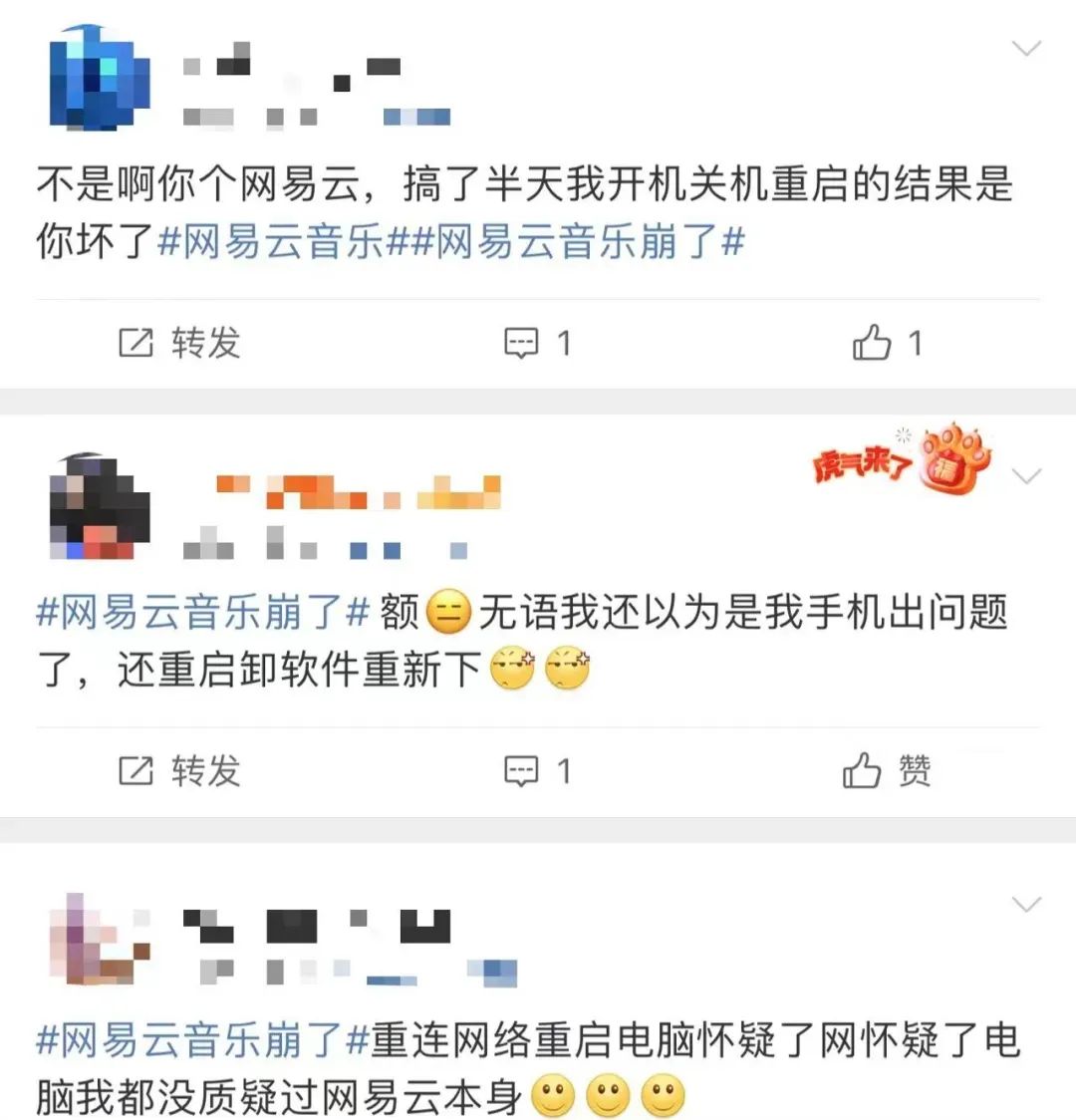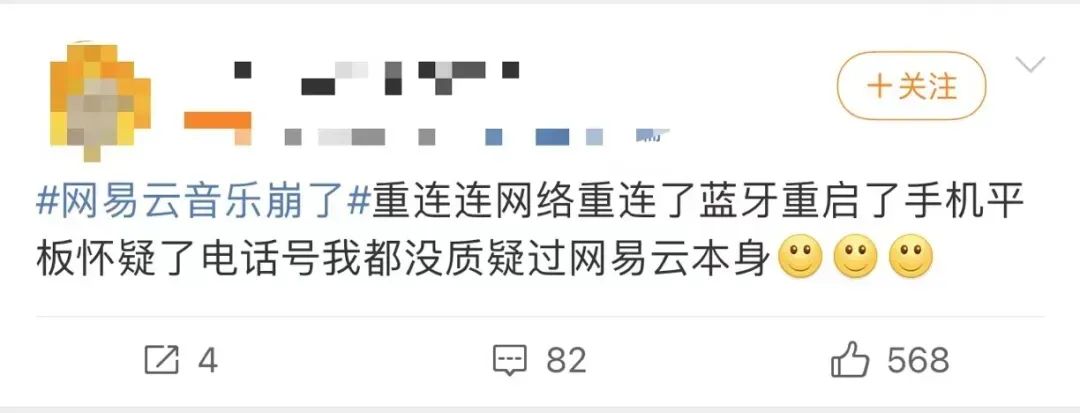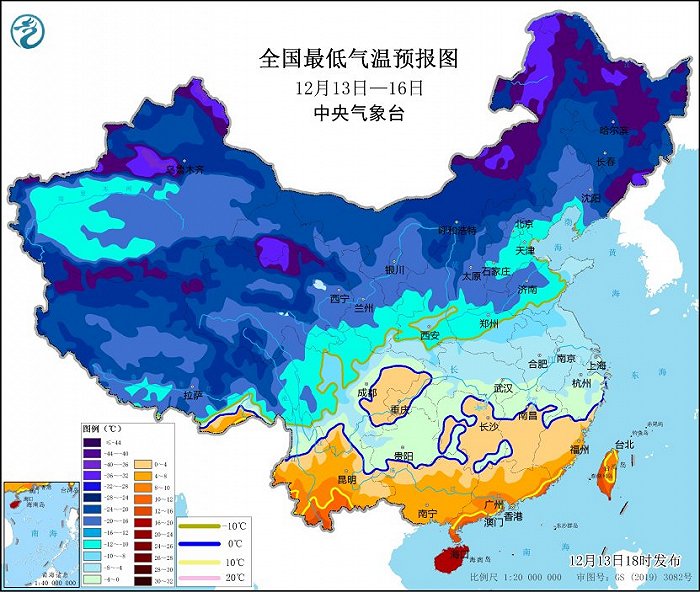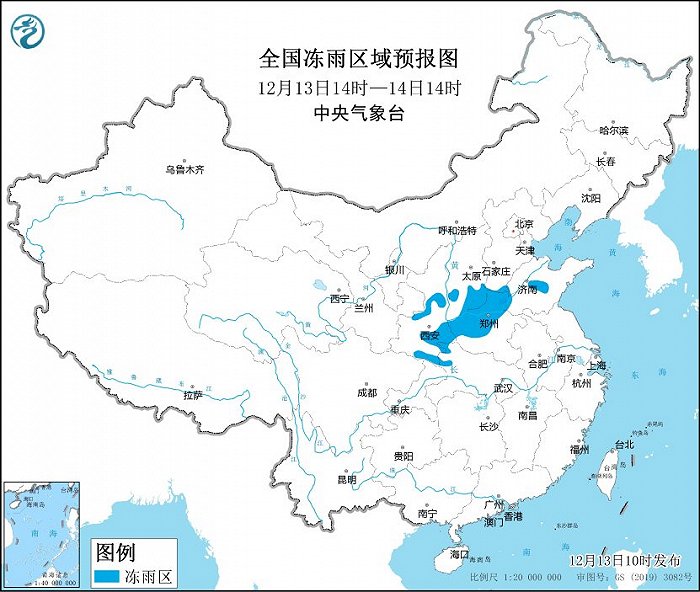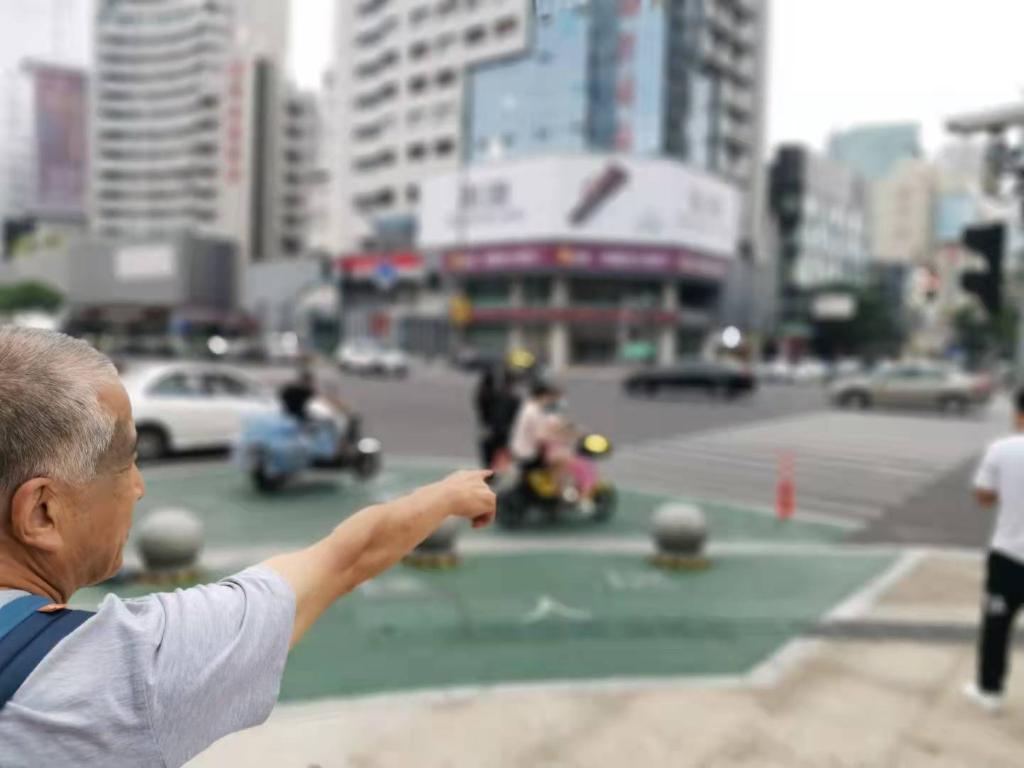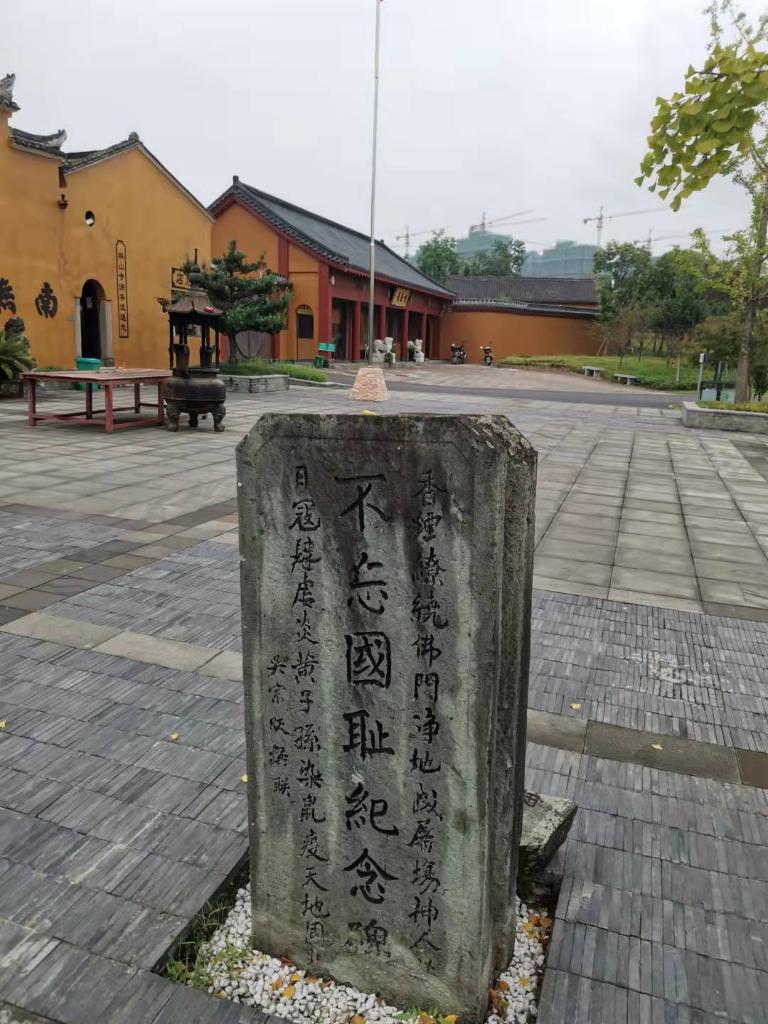On the morning of June 19th, the 7th issue of Bohong Lecture Hall of Zhonghua Book Company invited Mr. Liu Fengzhu, a researcher at the Institute of Ethnology and Anthropology of China Academy of Social Sciences, to give a wonderful speech entitled "Looking for the Missing Khitan".
Lecture site
What’s the difference between big characters and small characters in Qidan?
In 916 AD, Yelu Abaoji, the ancestor of Liao Dynasty, proclaimed himself emperor, and the Qidan regime was established. In 960, the Northern Song Dynasty was established, and the second "Southern and Northern Dynasties" appeared in the history of China. Liao Dynasty has some characteristics different from other dynasties in China’s history, for example, its title was changed frequently.
According to the records of the Song people and the research of the people close to them, in 916, Bao Ji proclaimed himself emperor, taking "Qidan" as the national title; In 938, due to the invasion of sixteen prefectures, Emperor Taizong of Liao changed the name of "Qidan" with strong national color to "Liao" in order to win over the Han people in Yanjing. In 983, Emperor Shengzong of Liao changed his country name to "Qidan"; In 1066, Liao Daozong changed the country name to "Liao" until the demise of the Liao Dynasty in 1125. The repeated changes of the title of the Liao Dynasty and the reasons for the changes have always been very important issues in the study of Liao history.
After the establishment of Liao Dynasty, in order to record the national language, Qidan characters and small characters were created. What’s the difference between big characters and small characters in Qidan? Mr. Liu Fengzhu said with vivid but rigorous words: "(Big characters) are not written because they are big, and small characters are not written because they are small. To put it simply, when you are older, you create big characters first, and then small characters. To be more specific, those with strong pinyin are small characters and those with weak pinyin are big characters. To put it simply, a pile of small Khitan characters, one by one Khitan characters. " On-site photos of stone rubbings of Qidan characters and Qidan characters were displayed.
Because the Khitan characters are written in the form of one by one, each word itself is a word, but in the process of writing from top to bottom, this word and the upper words can form new words, and the lower words can also form new words, which is not easy to distinguish between each word, so it is not easy to use. As far as the information found so far is concerned, there is little information in big characters and more information in small characters. The Liao Dynasty always used both big and small characters. The Khitan script was always used in the early Jin Dynasty, and it was not until 1191 that the Khitan script was abolished in the Jin Dynasty.
Left: The Epitaph of Yeluqi written by Khitan; Right:Qidan fine print in Liao Daozong’s mourning book
Where did the Khitans come from? Where did you go?
Where did the Khitans come from? To put it simply, it evolved from Donghu to Xianbei, and some of Xianbei evolved into Qidan. The name "Khitan" was first recorded in the Korean historical book Historical Records of the Three Kingdoms in 378. There are biographies of the Khitan nationality in Wei Shu, Sui Shu and two Tang Shu, which can be used as an important document basis for us to understand the origin of the Khitan nationality.
Where did the Khitans go? Mr. Liu Fengzhu said that after the demise of the Liao Dynasty, the Jin Dynasty occupied the land and people of the Liao Dynasty. The Jin Dynasty and the Yuan Dynasty established later recruited a large number of Khitans into the army and sent them to various places. However, the Khitan sergeants sent to various places did not return to their hometown, but settled down in the local area and integrated into the local ethnic groups. The Khitan nationality is like a huge iceberg, constantly hit and finally melted into the sea of Wang Yang.
So, are there any descendants of the Khitans in China today?
In 1996, an expert group composed of China Academy of Social Sciences and China Academy of Medical Sciences determined the genes of Daur nationality and Yunnan A, Mang and Jiang’s surname "I", and compared their genes with those extracted from the skulls and teeth of Qidan people (Ye Lvyu’s family tomb and Ye Lvxu’s family tomb) excavated from Liao tombs, confirming that both of them are descendants of Qidan people. In addition, some people in China (such as some families in Shijingshan District, Beijing) should also be descendants of the Khitan. Where the descendants of the Khitans who were sent to Central Asia and other places are now needs further scientific inspection, which is also a very time-consuming and laborious work.
Daur
Four climaxes in the interpretation of Qidan characters
The demise of the Khitan nationality means the disappearance of the people who speak the Khitan language, and the Khitan characters that record the Khitan language have also lost its use value and gradually disappeared. Previously, academic circles always thought that no paper documents written in Khitan characters had been handed down.
In 2010, Viacheslav Zait, a researcher at the Institute of Oriental Writing (IOM) of the Russian Academy of Sciences, discovered a handwritten literature written in the Khitan characters. This document originally came from Kyrgyzstan and entered Tibet in 1954. This is the only literature in the Khitan language that has been handed down by writing in Khitan characters.
In China, all the information about the Khitan characters are epigraphy materials discovered through archaeological excavations and illegal grave robberies, including bronze mirrors, bronze seals and epitaphs.
At the beginning of the 20th century, the Belgian missionary E. P. L. Kervyn came to Inner Mongolia, China to preach. In 1922, grave robbers discovered the tomb of Liao Xingzong in Walin Mangha, Soboriga Sumu, Bahrain Right Banner, Inner Mongolia. At that time, the area was still under the jurisdiction of linxi county, and the county local government arrested grave robbers. While the grave robbers were being taken away, Kelvin continued to dig in the local area.
On June 21, 1922, Kelvin excavated and unearthed the mourning books of Liao Xingzong and Ren Yi in Qidan. But Kelvin himself can’t make rubbings, so he asked Chinese to copy the words in the book of mourning. Subsequently, Kelvin published the photos of his excavation and the mourning book of Queen Renyi in French in the 1923 issue of Le Catholic de p ‘ekin, No.118, 10th year. This is the first time that the world discovered the Khitan script after it was lost for hundreds of years, which caused a great sensation in academic circles.
In 1930, Tang Yulin, a warlord, made another excavation in the local area, discovered the tomb of Liao Daozong, and unearthed the mourning books of Liao Daozong and Empress Xuanyi written in fine print and Chinese characters respectively. On the wordless tablet in Ganling of the Tang Dynasty in Ganxian County, Shaanxi Province, the Travels of Lang Jun, the younger brother of Daikin Emperor, was also found engraved with the fine print of Qidan (hereinafter referred to as "Travels of Lang Jun"). Four pieces of mourning books unearthed from Liao tomb and The Travels of Langjun constitute the important materials for the initial interpretation of Qidan characters.
Liao Daozong’s book of mourning
The interpretation of Qidan characters experienced four climaxes.
The first climax occurred in 1932-1935. Wang Jingru, Luo Fucheng and Li Dingzhuo were the first scholars to study the Khitan script. Because the mourning books written in Qidan and Chinese were unearthed in Liao tombs, scholars adopted a comparative method to interpret them. Among the five materials, except Lang Jun’s Travels, the other four mourning books are not translated into each other. This brings some difficulties to interpretation. But there are still some corresponding contents, such as the date of death and burial of the emperor and queen, and so on. Wang Jingru also named the minimum reading and writing unit of Khitan fine print as "original word". After repeated comparisons, China scholars initially interpreted the meanings of some small Khitan words, such as year number, branch number, year, month and day. "The three scholars reached roughly the same result in roughly the same way at roughly the same time. It can be said that great minds think alike." Mr. Liu Fengzhu said.

Translation of Langjun Travels in Chinese and Qidan
During 1951-1956, Japanese scholars set off the second climax of the study of Qidan characters, with representatives such as Shiro Murayama, Hiroaki Yamayama, Natsumi Nagata, Matsuo Aidang, Tomura Sukehiro and others. Japanese scholars did not adopt a more brilliant method to interpret the Khitan characters. They didn’t re-recognize the characters, but tried their best to imitate the characters recognized by China scholars in Mongolian and Manchu. Khitan, Mongolian and Manchu belong to Altaic language family, and the pronunciation of some words is consistent. However, Khitan, Mongolian and Manchu are independent languages after all. Although there are some similarities in pronunciation, there are many differences in pronunciation, which cannot be equated. The pronunciations constructed by Japanese scholars for the original characters of more than 100 small Khitan characters were later verified, and only over 30 pronunciations were constructed correctly or nearly constructed. Among them, Shanlu Guangming takes into account the comparison between the Khitan language and Mongolian language, and the fact that there may be Chinese loanwords in the Khitan language, such as "Aijuan" and "Xuanyi" in the Khitan language, so his pronunciation is much more correct than others.
After the 1950s, the world’s interpretation of the Khitan characters was at a standstill. The real turning point came in the 1970s. In 1972, during the May 7th Cadre School, Mr. Liu Fengkun began to study the Khitan characters, and from more than 90 small Khitan characters and more than 100 Chinese characters in Lang Jun Xing Ji, he found a way to interpret the Chinese loanwords in the small Khitan characters to construct the phonetic value of the original Khitan characters, and read the small Khitan characters such as names of people, places and officials, so as to achieve all-purpose communication.
In 1975, the Department of Philosophy and Social Sciences of China Academy of Sciences (the predecessor of China Academy of Social Sciences) cooperated with Inner Mongolia University to establish the Qidan Character Research Group. Mr. Liu Fengzhu, in combination with other newly unearthed materials of the Khitan script, made a comprehensive interpretation of the Chinese loanwords in the Khitan script, successfully constructed the pronunciations of more than 110 original characters of the Khitan script, and successively interpreted more than 400 words, and analyzed their grammatical relations. This is the third climax of the study of Qidan characters. In 1985, China Social Sciences Publishing House published a study on the fine print of Qidan (16 folio, 800 pages) co-authored by Qingertai, Liu Fengzhu, Yu Baolin, Chen Naixiong and Xing Fuli, which concentrated on the interpretation results of the research group.
1993-2002 was the most active period for the excavation of China Qidan written materials. Due to the progress of archaeological excavation and the prevalence of grave robbery, a large number of Qidan written materials have been unearthed. Since the beginning of this century, literature and history, Yanjing Journal (new), ethnic studies, ethnic languages, Chinese studies and other publications have published articles on the interpretation of Qidan characters. At present, there are 32 small inscriptions on Qidan and 12 large inscriptions on Qidan. After the research and synthesis of the above materials, Mr. Liu Fengzhu published the book "The Compilation of Khitan Characters Research" in Zhonghua Book Company in 2014, which marked the arrival of the fourth climax of the study of Khitan characters. The materials and research results of the Khitan characters discovered in the last century and this century are all summarized in the book Lei Bian, which embodies all the achievements of the interpretation of the Khitan characters in the past 100 years.

Series on the Study of Qidan Characters
The Liao Dynasty once implemented the system of dual country names.
What is the important value of the interpretation of Qidan characters to the study of Liao history? Due to the great progress in the study of Qidan characters in recent years, many puzzles in the study of Liao history can be solved by the interpretation of Qidan characters. Mr. Liu Fengzhu cited two examples: the title of the Khitan, and the title of "Kara Khitan" and dual nationality.
On the title of qidan nationality. "Liao History" records that in 947 AD, "the country name was changed to Da Liao". This sentence itself is not bad, but the term "changing the country name to Daliao" here does not mean changing the country name of Qidan to Daliao, but changing the country name of the late Jin Dynasty to Daliao. Shi Jingtang was once the "son emperor" of Liao Dynasty. After his death, Shi Zhonggui, the emperor who succeeded to the throne, demanded that Liao be called a grandson instead of a vassal. In 947, the Khitan sent troops to destroy the late Jin Dynasty, changed the name of the late Jin Dynasty to Daliao, and put the late Jin Dynasty into the territory of Daliao. This explains why after the Khitan changed its name to Da Liao in 938, there will be a move to "change its name to Da Liao" in 947.
Secondly, on the issue of "Karaqidan" and the dual country name. After the demise of the Liao Dynasty, Yelushi established the Western Liao Dynasty. But "West Liao" is not its own country name, but a name given by historians to distinguish it from the original "Liao". Western Liao was originally called "Karaqidan". In 1956, Mr. Statement proposed that not only the Western Liao Dynasty called itself "Karaqidan", but also the Liao Dynasty called it "Karaqidan", but the reasoning and evidence were not sufficient. At that time, the "History" Supplement of Guangming Daily organized a manuscript to discuss Mr. Statement’s point of view, and Mr. Statement’s defense article was also returned. Now it seems that Mr. Statement’s opinion is correct. The late Professor Liu Pujiang from the Department of History of Peking University, on the basis of Mr. Feng Jiasheng’s research, came to the view that there was no title of "Liao" in the Liao Dynasty. The title of "Liao" was used in sixteen prefectures where the Han people lived, but not in the areas where the Khitans lived.
In 1991, the fine print "Epitaph of Yelv Religion" of Qidan was unearthed, and the writing of "Great Central Qidan Hara" appeared in the epitaph, which once puzzled the academic circles. In 2005, Mr. Liu Fengzhu finally solved this problem from the perspective of dual country number when he was studying the epitaph of Yeluqi, a big character of Qidan.
It is generally believed in academic circles that "Harrah" as a modifier modifies "Khitan", which means "black" and "Harrah Khitan" means black Khitan. Among the first four Khitan characters in the Epitaph of Yeluqi, the first word and the fourth word mean "big" and "country" respectively, so the Khitan character between these two words can’t be a modifier, only a country name. The titles of the Liao Dynasty are only "Qidan" and "Liao", but the word "Qidan" has been interpreted, and the text here can only be "Liao".
So, is the pronunciation of "Liao" just "Harla"? Through the investigation of Mongolian language, Mr. Liu Fengzhu proved with conclusive evidence that the transliteration of "Hara" is the free translation of "Liao" and "Hara Qidan" is the meaning of "Liao Qidan", which proved that the Liao Dynasty had implemented the dual country number system. During the period of 983-1066, both big characters and small characters wrote "Qidan Liao Country", putting "Qidan" before "Liao". After 1066, both big and small characters wrote "Liao Qidan Country" and put "Liao" before "Qidan".
From this, Mr. Liu Fengzhu came to a conclusion: any period when the title of the country is called "Qidan" in Chinese literature is called "Qidan Liao country" in Qidan characters, and "Qidan" is placed before "Liao"; Any period in which the title of the country is called "Liao" in Chinese literature is called "Liao Qidan country" in Qidan characters, and "Liao" is placed before "Qidan".
Many cultural relics with Khitan characters are fakes.
Mr. Liu Fengzhu pointed out that all the items with Khitan characters that can be seen in the market from unknown sources, such as epitaphs, Buddhist scriptures, Buddha statues, gold prints, printed prints, calligraphy, paintings, bronze mirrors, seals, coins, silk fabrics, wooden movable types and copper movable types, are fakes. Especially printed materials such as wooden movable type, people with a little printing knowledge can judge them as fakes. Because movable types are all piled up in a box with the same word, they can be easily picked up. However, movable types on the market are all mixed in a box at sixes and sevens, which does not meet the minimum printing knowledge and must be a fake.
During the Spring Festival of 2007, Beijing Stone Carving Art Museum is going to buy an epitaph with the characters of Khitan from a cultural relic dealer for 60,000 yuan. The museum asked Mr. Liu to go for identification. Mr. Liu knew it was a fake when he saw the epitaph cover. He explained that the Khitan people only had two surnames, the royal family’s surname was Yelu and the queen’s surname was Xiao. The statement of "Yelu" rarely appears in the epitaph of the royal family, and it is generally referred to as "horizontal account". The second line of the epitaph cover is written with "horizontal account", indicating that the owner of the tomb is a royal family, and it is also written with "national uncle", indicating that the owner of the tomb is a descendant. How can a person be both a royal family (surname Yelu) and a descendant (surname Xiao)? Therefore, the epitaph must be a fake.
Without the consciousness of counterfeiting and the ability to distinguish, it is the easiest to be deceived. Mr. Liu Fengzhu admits that he has been cheated himself. Therefore, he warned you that you must first ask about the source of cultural relics when appraising, and all items with unknown origin (ancestral or collected) and Khitan characters are fakes.








